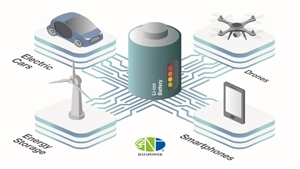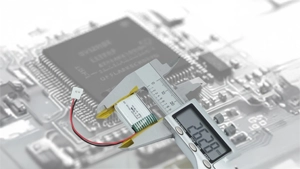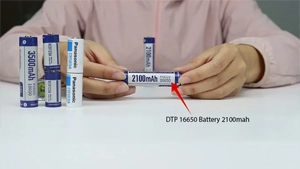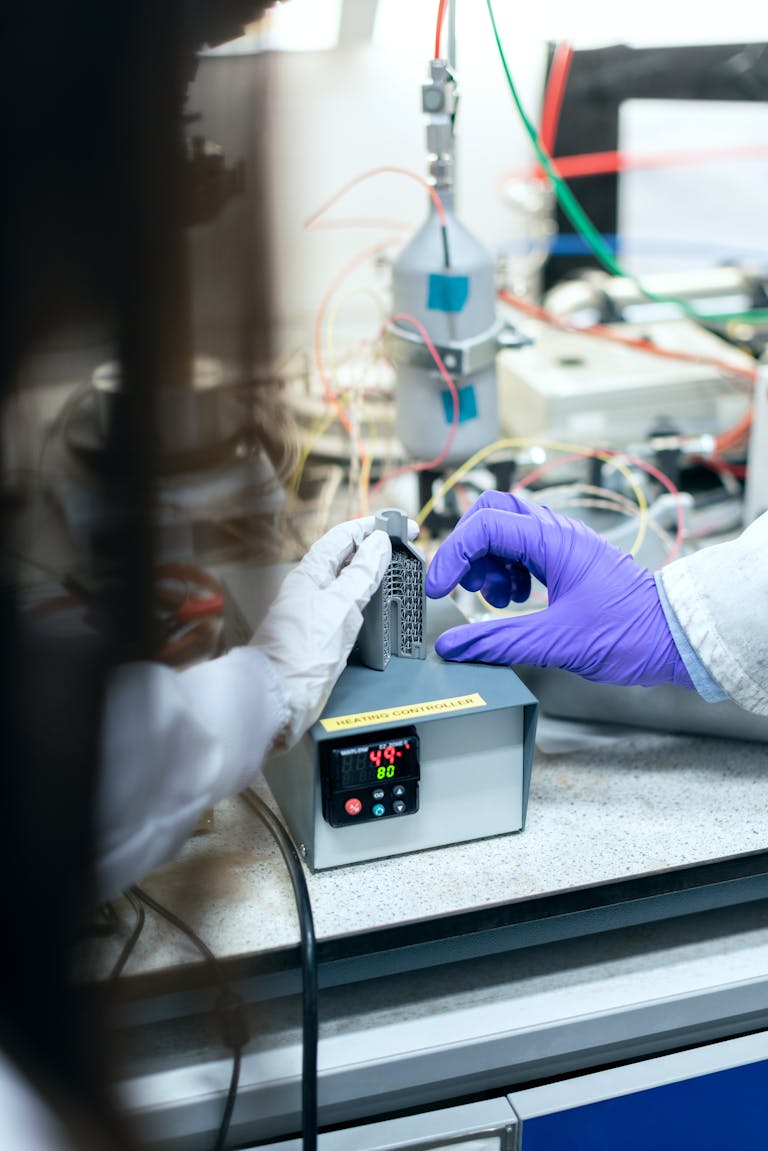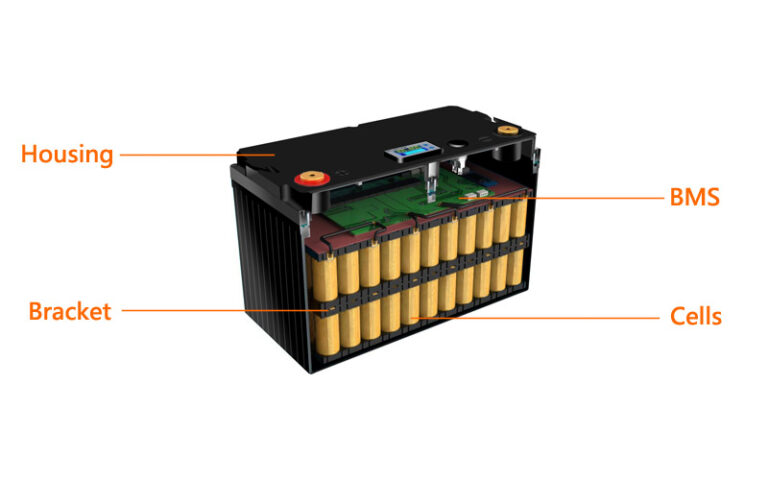Introduction
Hello everyone! Today, we will discuss the selection and application of lithium polymer batteries.
As we all know, lithium batteries have been widely used in various smart devices over the years, bringing great convenience to our lives. However, the safety issues of lithium batteries have also become a focal point that needs careful consideration. For us, as engineers developing smart devices, it is essential to consider, validate, and test the reasonable selection and application of lithium batteries throughout the product development process.
Due to the scope of my expertise, we will focus strictly on lithium polymer batteries in this discussion. In the text below, whenever we mention lithium batteries, we are referring specifically to lithium polymer batteries. We will explore the topic from several key aspects, and I welcome your comments and additional insights in the comment section. If there are any inaccuracies, please feel free to correct me.
What is a lithium polymer Battery?

Concept
A lithium polymer battery, also known as a high lithium polymer battery, is a new type of lithium battery. The primary difference from traditional liquid electrolyte lithium batteries is that lithium polymer batteries use a gel polymer as the electrolyte.
Characteristics
- High Energy Density: lithium Polymer batteries have a high energy density, meaning they can store more energy for the same volume or weight, thus providing longer usage times for devices.
- Long Cycle Life: These batteries have a relatively long cycle life, maintaining high performance over many charge and discharge cycles, reducing the frequency and cost of battery replacement.
- High Safety: Using solid electrolyte instead of liquid electrolyte, lithium polymer batteries are less prone to leakage, combustion, or explosion, offering higher safety. Additionally, the aluminum-plastic soft packaging enhances safety.
- Customizable Shapes: Manufacturers can customize the shape of the battery according to customer requirements, allowing more efficient use of space and meeting various design needs of devices.
- Lightweight and Thin: The batteries are relatively light and can be made very thin, making them advantageous for mobile devices, wearables, and other applications with strict weight and volume requirements.
- Low Self-Discharge: lithium Polymer batteries have a low self-discharge rate, meaning they lose little charge when stored for long periods, helping maintain long-term performance.
- Environmentally Friendly: These batteries are environmentally friendly and meet green requirements.
lithium Polymer batteries are commonly used in smartphones, tablets, digital cameras, portable medical devices, wearable devices, and electric toys.
Selecting Lithium Polymer Batteries
The selection of lithium polymer batteries involves multiple aspects that need to be comprehensively considered to ensure the most suitable battery for a specific application. Below are some key steps and suggestions for selection:
Voltage and Capacity
Polymer batteries have a nominal voltage of 3.7V, with operational voltage typically ranging from 3.0V to 4.2V.
The battery capacity must be analyzed and calculated based on the device’s requirements. This involves considering both standby time (when the device is not in use) and the operational time (when the device is in active use) on a full charge. These calculations must account for the self-discharge current and the degradation of capacity over the product’s lifespan.
For example, consider a product with the following requirements:
- Standby for one year after leaving the factory.
- Operate for one month with daily usage of three 90-second sessions on a full charge.
The standby current is 5µA, and the operational current is 12mA. Assuming a battery capacity of 150mAh with a self-discharge current of 6µA, we can calculate whether the battery meets the requirements. - Standby Power Consumption: ((0.005 + 0.006) \mA\times 365 \times 24 = 96.36 mAh) (approximately 100mAh needed for one year).
- Daily Power Consumption: ((0.005 + 0.006) \mA \times 24 = 0.264 mAh) for standby, plus ((12 + 0.006) \mA\times 0.075 = 0.90045 \mAh) for operation, totaling 1.16445mAh per day.
- Monthly Power Consumption: (1.16445 \mAh\times 30 = 34.9335 \mAh) (approximately 35mAh needed for one month).
Considering capacity degradation and safety margins, we could choose a 120mAh or 150mAh battery.
Typically, the capacity specified in the battery datasheet is for discharge from 4.2V to 3V. Below 3V, the remaining charge is negligible. If the battery discharges to the cutoff voltage without recharging for a prolonged period, irreversible damage may occur.
Dimensions
Due to the shape flexibility of polymer batteries, select a suitable battery size based on the space constraints of the device or system. Ensure the battery can be conveniently integrated into the existing system.
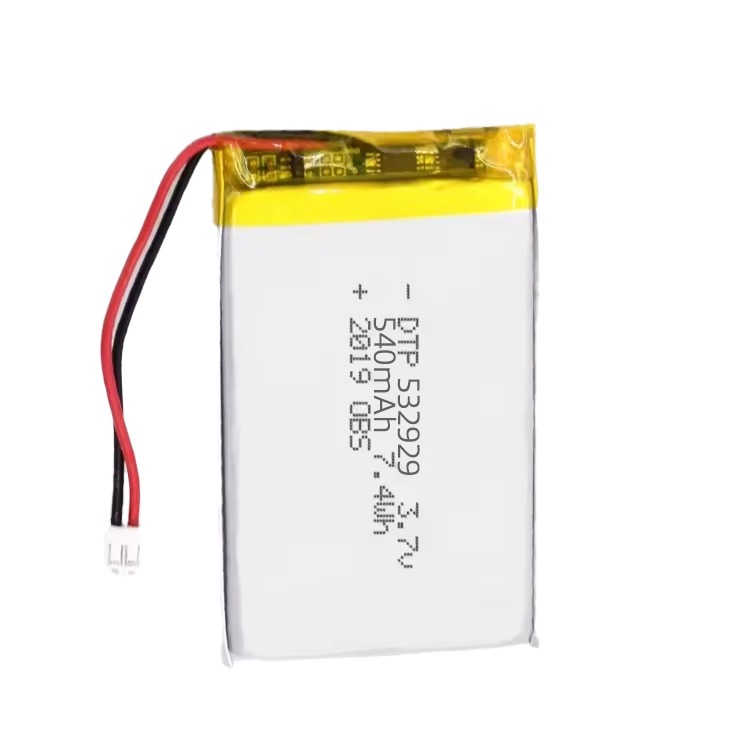
Safety and Reliability
Choose batteries with good safety features, such as overcharge, over-discharge, and short-circuit protection. High-quality batteries may also include temperature monitoring, such as NTC resistors, to measure cell temperature during charge and discharge.
Cost
Compare prices of different brands and models while meeting performance requirements to choose the most cost-effective product. Avoid sacrificing performance and quality for lower prices.
Certification and Compliance
Ensure the battery meets relevant international and domestic standards, such as UL, CE, and IEC62133, to ensure safety and regulatory compliance.
Brand and Reviews
Select batteries from reputable brands with good reviews to reduce procurement risks. Check user feedback and supplier inspection records to assess the battery’s actual performance and potential issues.
Design Considerations
Beyond the selection process, consider the following design aspects for a reliable system:
- Battery Protection Board: While the battery may include protection features, ensure the device’s circuit design also includes reliable battery management chips with overcharge, over-discharge, and short-circuit protection for added safety.
- Temperature Monitoring: For high charging currents, use batteries with temperature sensors to control charging current within safe temperature ranges.
- PTC Fuses: Add PTC fuses on the battery’s positive terminal to protect against overcurrent during charging or discharging.
- PCB Design: Ensure sufficient spacing between positive and negative terminals to prevent short circuits during manufacturing. Consider using connectors with foolproof designs.
By carefully evaluating these factors, you can select the most suitable lithium battery for your device or system, ensuring optimal performance and safety.

